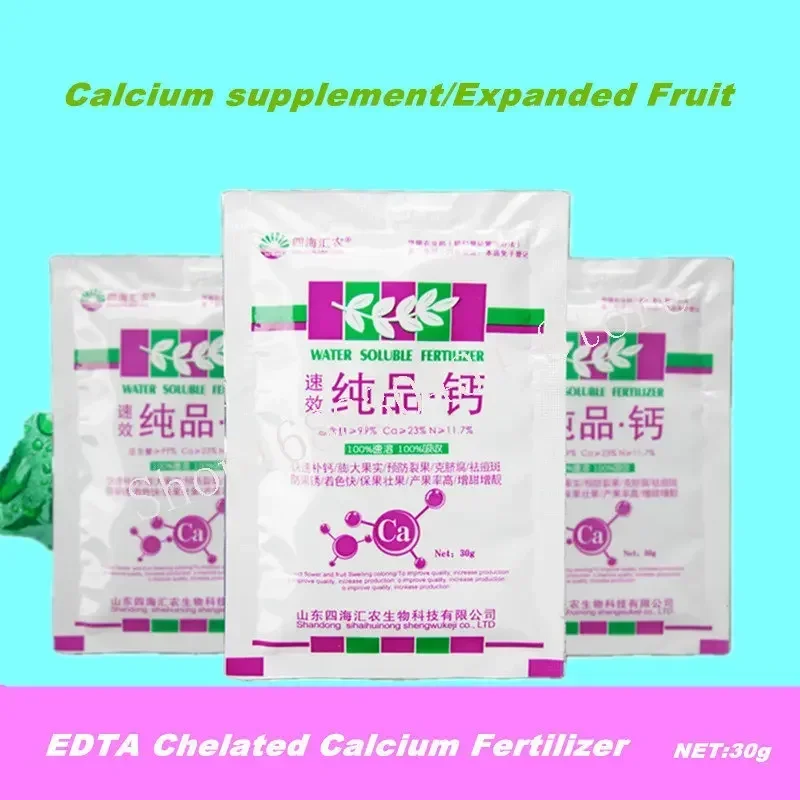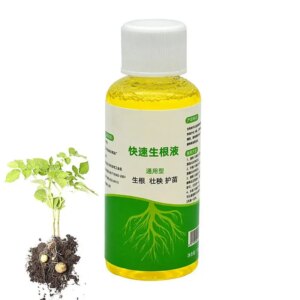


Price: 3.39 - 2.03
Features: In the absence of calcium, plant growth is hindered and internodes are short, so they are generally shorter than normal-grown plants and have soft tissues. The meristems such as the top buds, lateral buds, and root tips of calcium-deficient plants first appeared deficiencies, perishable and deceased, the young leaves were curled and deformed, and the leaf edges began to turn yellow and gradually died. The lack of calcium caused the apical buds and root tips to be immature, showing “broken neck” symptoms, and the young leaves were green, deformed, and hook-shaped. In severe cases, the growth points are necrotic, and the leaf tips and growth points are pectin-like. Roots often turn black and rot in the absence of calcium. A variety of vegetables rot due to calcium deficiency, young leaves of cereal crops are curled and dry, and the inter-leaf and inter-leaf margins of functional leaves are wilted. Plants decline before aging. Less sturdy, more pupae. The new leaves of leguminous crops do not stretch, and the old leaves appear gray-white spots. Vein brown, petiole soft and drooping.
The common symptoms of calcium deficiency in vegetables are stagnant growth, atrophy and death of new plant parts such as top buds and root hairs, new leaves are sticking, and new leaves are often scorched and incomplete; the top of the fruit is prone to dents. It becomes dark brown and necrotic.







Reviews
There are no reviews yet.